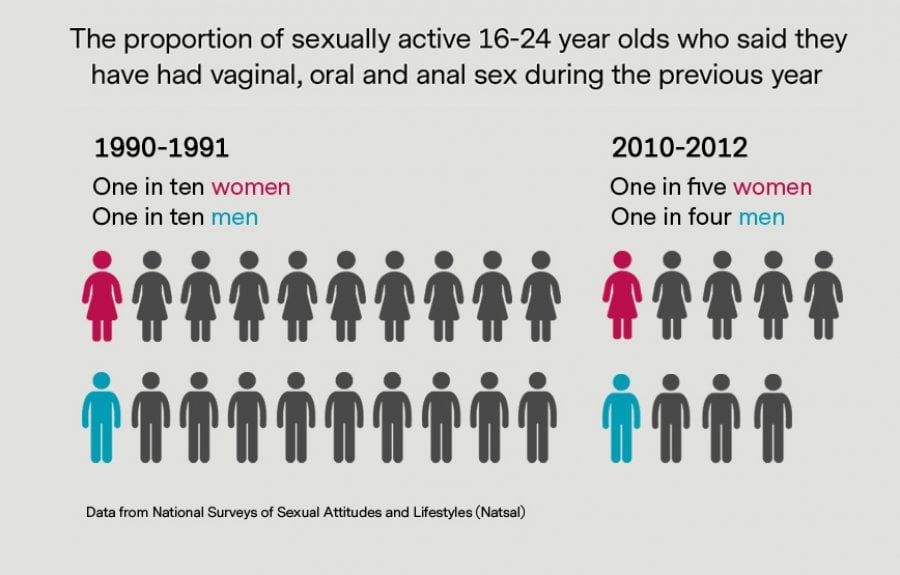
WEIGHT: 66 kg
Breast: E
One HOUR:30$
Overnight: +70$
Services: Sub Games, Fetish, Fetish, Sauna / Bath Houses, Slave
A woman will notice significant changes to her body following the birth of a baby. Many of them will experience physical problems relating to the pelvic floor muscles , which are the group of muscles holding in place the pelvic organs uterus, vagina, bowel and bladder. The function of the pelvic floor muscles is to support the bladder and bowel, enabling us to control our urination.
As we age, these muscles start to weaken. This is often made worse through childbirth, as the pelvic floor stretches to allow the baby to pass out of the body. As such, many women will experience problems after childbirth, due to weak pelvic floor muscles. There are a number of problems specific to the pelvic floor muscles which can occur as a result of birth trauma :. It is very common for women to experience some birth trauma , physically affecting the pelvic floor and vagina.

The vast majority of women recover completely and have no ongoing problems in the long-term, though we would always recommend that women continue to do their pelvic floor exercises to help to prevent problems later in life, such as incontinence or prolapse. A small minority of women experience ongoing problems after childbirth including pain, scarring, or heaviness in the vagina, which may be uncomfortable. This can also affect sexual function and cause great distress, which should not be ignored.
Not all women require a surgical solution to their pelvic floor problem. Our care is tailored to your individual symptoms and expectations. We also take into account any plans for future children when deciding what treatment to recommend. Though the vagina is stretchy and is designed for accommodating the birth of a child, it is not uncommon for the perineum to stretch so far that it causes tearing, requiring the need for stitches.

Most women will experience some degree of tearing after vaginal childbirth, especially if it is their first time giving birth. Many of these will require stitching as result. The stitches usually dissolve after approximately weeks, depending on the extent of the injury as well as the type of stitch used. The area will then continue to heal for several months after the delivery.




































